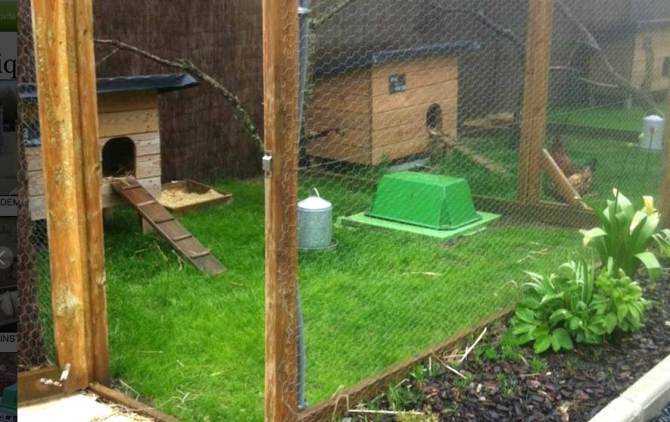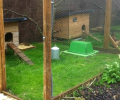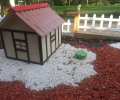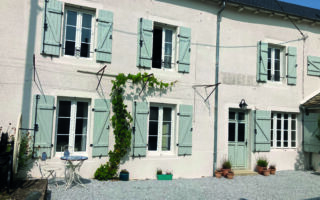How To Choose Your Wastewater Treatment Plant for Your House In France
Essential Reading
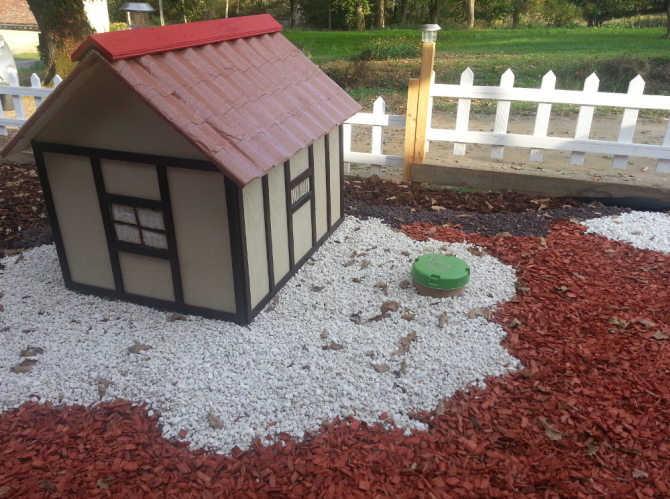

How do you go about choosing the right wastewater treatment plant for your house in France? Let’s look at the different elements you need to consider when making your choice, and how to find the right treatment plan to fit your project and needs.
Definition of a Small Wastewater Treatment Plant
A small wastewater treatment plant is a domestic wastewater treatment system mainly designed for individual houses. It works on the same principle as the collective wastewater treatment plants (used by cities and municipalities), but in miniaturised version for individual use.
The small wastewater treatment plant is part of the non-collective sewage treatment systems approved by the French Ministry of Ecology, Sustainable Development and Energy. It belongs to the family of micro-stations which are divided into two types: fixed culture and free culture, which include 3 distinct technologies.
The Different Types of Small Wastewater Treatment Plant
The small wastewater treatment plants are divided into two main families – some with a free bacterial culture, others with a fixed culture on a support.
Free Cultures
There are two technologies available: the “classic” activated sludge microstations, and a more technically developed version, the SBR.
-
- Activated sludge: the most widespread solution in non-collective sanitation. This technology is generally based on a tank with only two compartments: one for aeration and treatment, the other for decantation and clarification. It is the least efficient of the solutions compared to the two other technologies presented below, because it generates more sludge and does not cope well with load variations, which are very marked in individual homes.
- SBR (Sequencing Batch Reactor): the sludge is suspended in the micro-station, usually in a single tank. The effluents are treated by a complex electronic system which activates the different treatment phases intermittently to allow oxygenation of the effluents, decantation, clarification and evacuation.
Fixed Cultures
The design of small fixed-culture treatment plants does not normally include any electronics. A compressor sends air into the treatment compartment, which a diffuser transforms into microbubbles to oxygenate the effluent. The bacteria that attach and grow on the bacterial bed use this oxygen to degrade the pollution contained in the effluent. The Tricel Novo small wastewater treatment plant uses this process.
Examples of Tricel Novo installations completed and “blending” in the garden
Which Small Wastewater Treatment Plant To Choose?
This is the question that many individuals and professionals ask themselves.
Whether it is the technology or the materials used in the tank, choosing the right small wastewater treatment plant for your house’s sewage treatment requires a certain knowledge of the options available and of your initial needs.
Let’s take a look at how to calculate the size you will need, as well as which materials to choose.
Which Size Small Wastewater Treatment Plant Do I Need For My French Home?
According to the Ministerial Decree on “Technical Requirements” of September 7, 2009, amended on March 7, 2012, the sizing of a non-collective domestic sewage treatment system must follow a strict regulation that must be kept in mind during the costing of its installation.
The main rule for domestic sewage treatment from 1 to 20 Population Equivalent (PE) is:
1 main room (MR) = 1 Population Equivalent (PE)
Although the Non-Collective Domestic Sewage Treatment regulations do not stipulate what a main room is, the following rule can generally be applied: a main room is a living or sleeping room (including offices, playrooms, etc.) with a minimum ceiling height of 2.30 m and a minimum surface area of 7 m2, with an opening to the open air (an opening that allows light to pass through and allows for ventilation).
Calculation example for illustrative purposes:
Your dwelling has three bedrooms (of 10 m2, 12 m2 and 15 m2), a living room of 40 m2, a kitchen of 15 m2 as well as an office of 5 m2.
Your house has five main rooms. The minimum size of the system is equivalent to 5 PE (EH in French for Equivalent Habitant). Even if there are on average only three inhabitants. The ideal solution for your project is a Tricel Novo FR6 (which can treat wastewater from homes up to 6 PE).
This will give you an idea of the size of your Tricel Novo. However, the expertise of a professional in the field of domestic sewage treatment is mandatory to size the installation exactly according to its specificities and your project.
How To Select the Best Materials For Your Small Wastewater Treatment Plant
Today, three main categories of materials are used for the manufacture of the tank of a small wastewater treatment plant: concrete, GRP (Glass Reinforced Plastic) and PE (plastic).
| Concrete | Glass-Reinforced Plastic | Plastic |
|---|---|---|
| Historical material | GRP | PE |
| Weight | Weight | |
| Ease of installation | Ease of installation | |
| Resistance | Resistance |
Tricel has chosen to use GRP for all its non-collective domestic sewage treatment systems for the qualities mentioned above despite a slightly higher manufacturing cost. Indeed, GRP is a material widely used in the nautical sector and is known for its great resistance to the aquatic environment and its long lifespan.
The Tricel Novo Range of Small Wastewater Treatment Plants
Tricel’s range of small wastewater treatment plants is divided into 6 groups of single tank systems up to 20 PE and multi-tank systems up to 160 PE.
They allow to cover all the needs of individual and collective housing as well as commercial premises, hotels and restaurants, community halls, etc.
How does a Tricel small wastewater treatment plant work?
Tricel’s wastewater treatment plant is a high-quality product with a fixed aerobic bed technology. It guarantees a high treatment performance that doesn’t age.
The fixed bed aeration process relies on a three-step treatment process which takes part in three different chambers within the wastewater treatment plant.
1st Stage: Primary Settlement Chamber
The first stage of the wastewater treatment occurs in the primary settlement chamber where the effluents are introduced. The distributed solids and heavy substances drop to the bottom of the plant where they form a sludge. At the same time, a thin layer of scum appears at the surface. The first anaerobic breakdown is being solicited to liquify the sludge slowly but surely.
2nd Stage: The Aeration Chamber
The second stage of the wastewater treatment takes place in the aeration chamber, which involves bacterial support and a specially designed filter media. These bacteria are permanently sustained with air supplied from a purpose-built pump in the unit’s top section. As the liquid flows through the filter media, the bacteria feed on the waste and remove it from the liquid.
3rd Stage: Final Settlement Chamber
At this stage, some of the sludge is transported with the liquid into the final settlement chamber. It will then settle to the bottom of the plant where a continuous sludge return system will pump it back to the primary settlement chamber. The remaining treated effluents now meet the required standard to be safely passed out of the Tricel Novo system (which is infiltrated in the soil or rejected safely in a designated area).

Advantages And Disadvantages Of A Small Wastewater Treatment Plant (Micro-Station)
Like any equipment, individual wastewater treatment plants have advantages and disadvantages. They can be summarised as follows:
Advantages:
- Compact: approximately 5 m² of surface area (for 5 or 6 population equivalent)
- Lightweight* (200 kg to 300 kg): easy and inexpensive installation
- Efficient: effective treatment, no risk of clogging
- Adaptable: suitable for all types of ground (difficult soils, presence of water table)
- Reliable: long lifespan (20 to 40 years, whereas a traditional spreading system must be replaced every 10 to 20 years)
* For micro-stations made of PE (polyethylene) or GRP (glass reinforced polyester). Microstations with a concrete tank weigh more than 2 tons.
Disadvantages:
- Not suitable for secondary/holiday homes
- Power consumption (cost: about 50 euros per year)
- Annual maintenance relatively constraining for some brands of microstations
Share to: Facebook Twitter LinkedIn Email

